Lookalike audiences have completely transformed online advertising. They assist companies in identifying potential clients who are similar to their most successful current clientele. Additionally, brands can effectively grow their audience by employing data-driven insights. As a result, they consequently see increased engagement, greater conversions, and a better return on investment (ROI). In this blog, we will also examine its advantages, best practices, and operations.
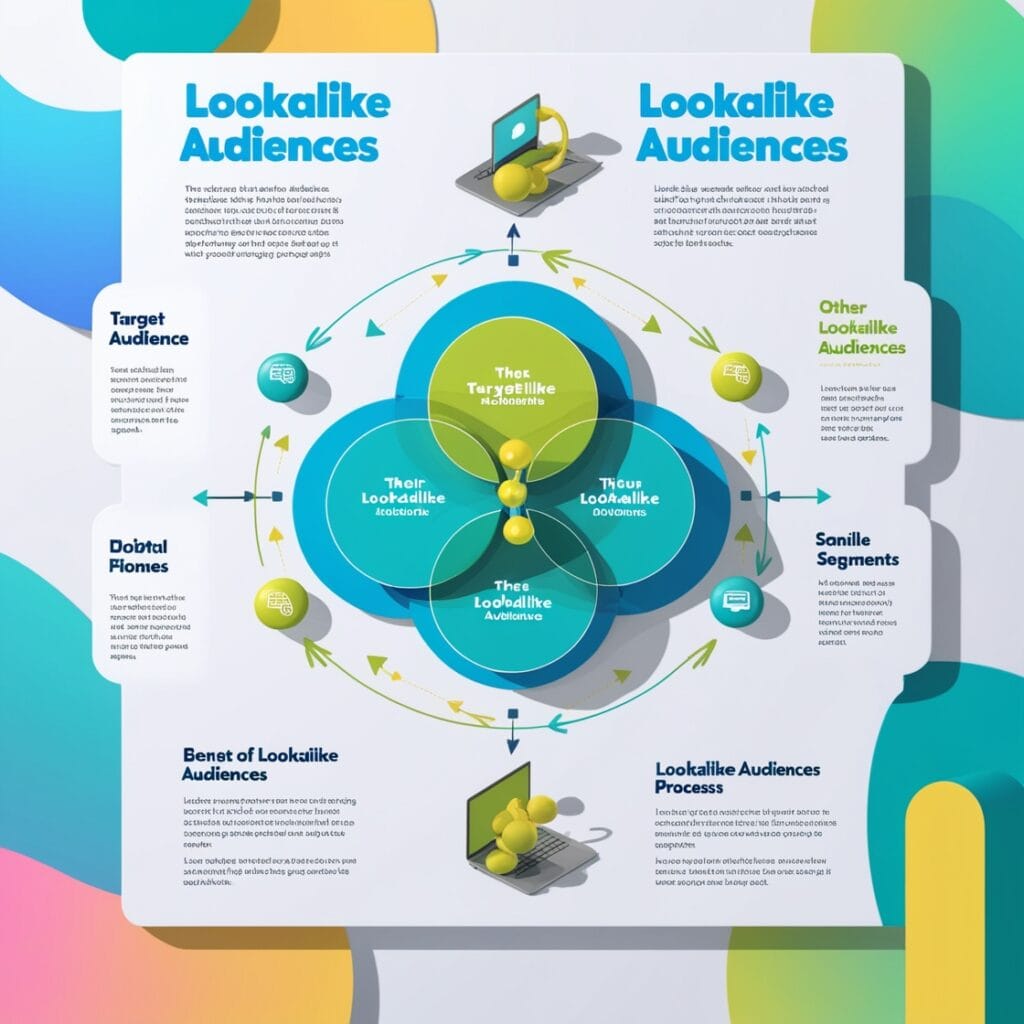
What is the process of creating lookalike audiences?
It is a collection of people who have characteristics in common with current clients. For example, advertising networks generate these audiences by analyzing consumer data. They evaluate habits, interests, and demographics. consequently, companies may easily find high-quality leads.
What are the principles of lookalike audiences?
The source audience is the basis for it. Specifically, website traffic, email subscribers, and social media followers are a few examples of this. The platform then finds comparable users as a result. To balance size and relevancy and to ensure accuracy, advertisers determine the match percentage. Generally, a greater percentage (5–10%) increases reach but decreases precision, whereas a lower percentage (1%) is very specific.
Benefits of Targeting Lookalike Audiences
1. Expand the reach of your campaign without sacrificing quality
Getting new clients can be challenging. This strategy, however, streamlines the process by increasing reach while maintaining a high level of relevancy. Because these users are more likely to convert because they have similar interests to current clients.
2. It improves the performance of the ads
Reaching cold audiences with ads might be expensive. However, by focusing on active users, matched consumer groups increase productivity. As a result, this raises click-through rates (CTR) and lowers cost per acquisition (CPA).
3. Engages customers more effectively
Relevant content increases human interaction. Additionally, it guarantees that ads are seen by interested individuals. Higher engagement, more shares, and improved brand sentiment follow from this.
4. Increases sales and conversions
Conversion rates are increased by targeted marketing. However, these assist companies in reaching consumers who are likely to make a purchase. Sales and revenue rise as a result of this.
How to Create a Lookalike Audience?

Step 1: Identify Your Sources
Success depends on how good your source audience is. For the best results, use loyal subscribers, high-value customer lists, or active website visitors.
Step 2: Pick the Right Platform
This method is supported by numerous advertising platforms, such as:
Facebook Ads: Perfect for B2C, retail, and e-commerce companies.
Google Ads: Excellent for targeting based on search intent.
The best platform for B2B marketing is LinkedIn Ads.
TikTok advertisements are a good way to connect with younger audiences.
To increase engagement and conversions, pick the platform where your target audience is most engaged.
Step 3: Choose your match percentage
A 1% match guarantees accurate aiming. On the other hand, while a 5–10% match increases reach, therefore, it decreases relevancy. Next, experiment with various percentages to determine the ideal balance.
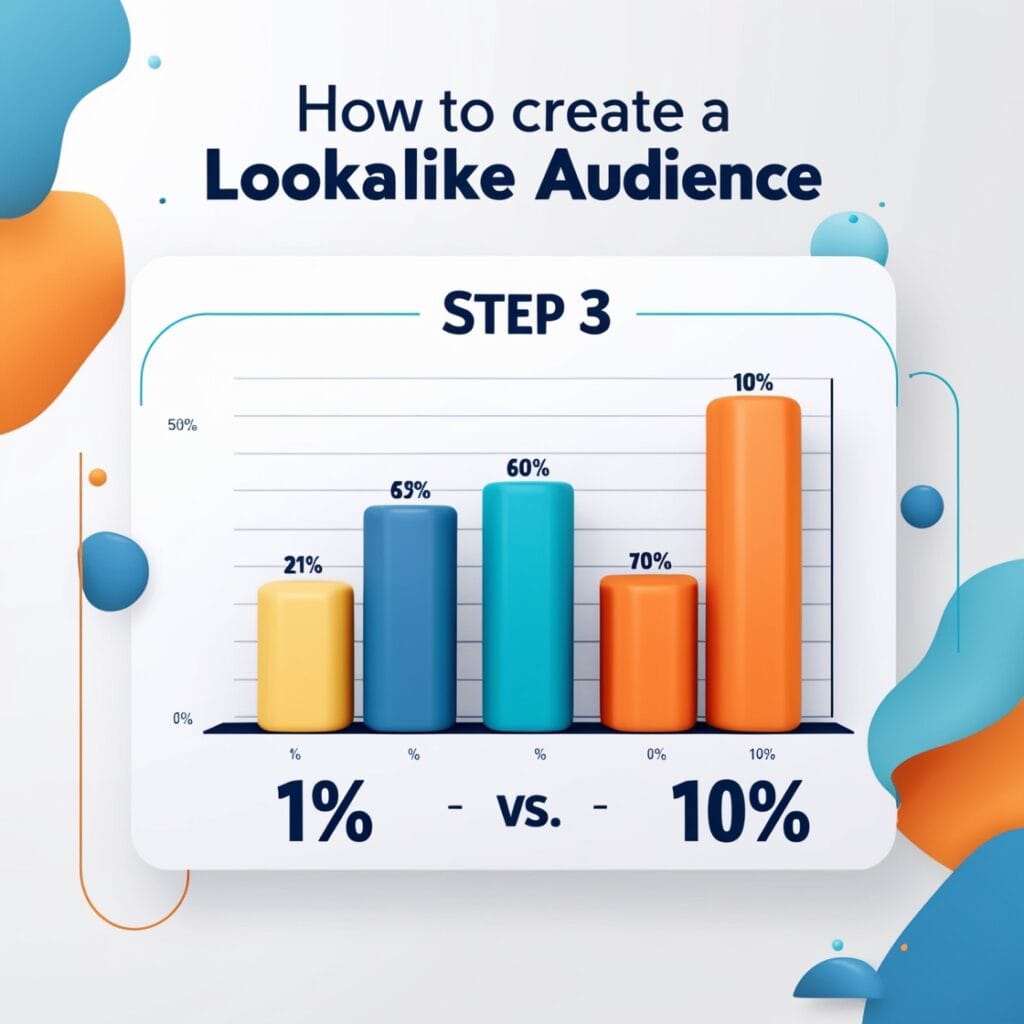
Step 4: Test and Optimize
A/B testing can be used to compare various model audiences. To enhance performance, monitor important metrics like:
- Rates of engagement
- Rates of conversion
- Acquisition cost (CPA)
To improve performance, use real-time data insights to hone and modify your approach.
Best Practices for Maximizing Results
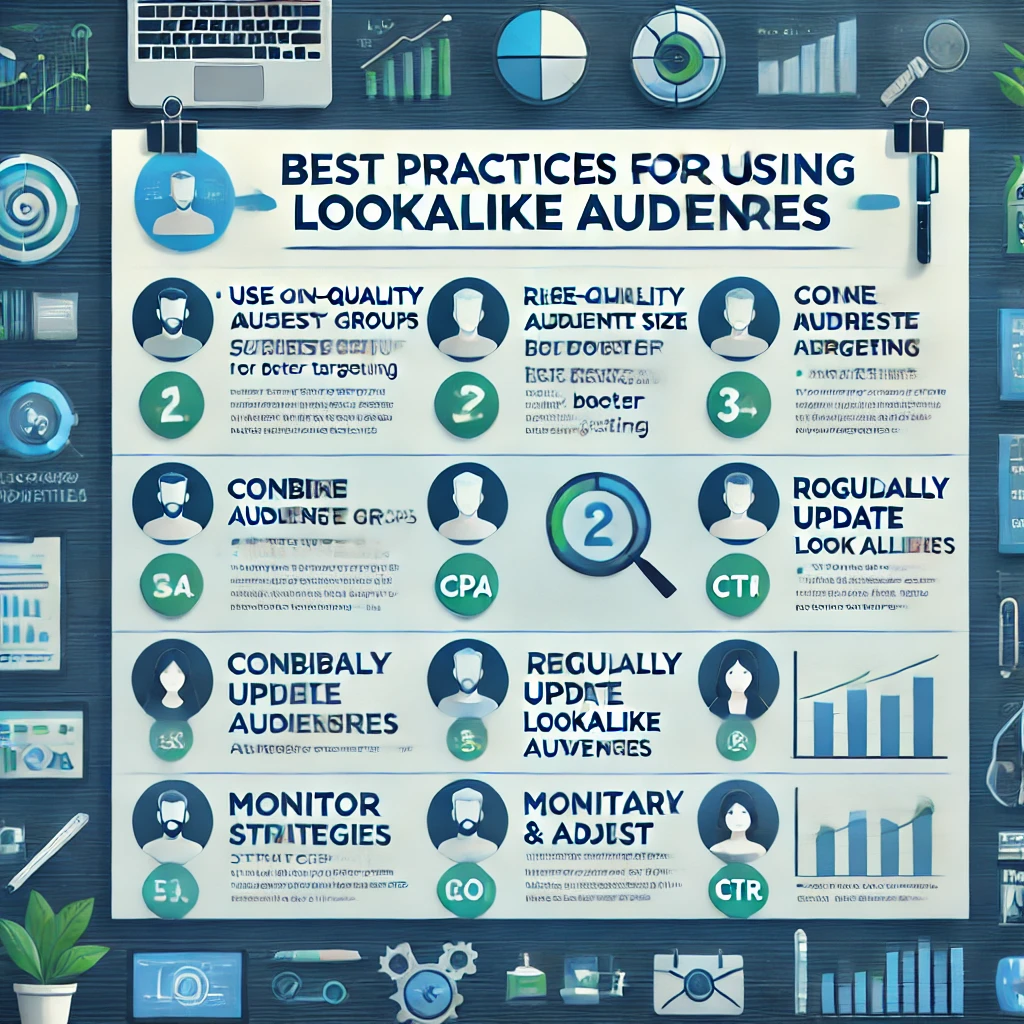
1. High-quality source data
Make sure the people in your source audience are valuable clients. The more relevant the data, the algorithm performs better with the more pertinent data you supply.
2. Refine Your Audience Size
Better outcomes are obtained from a more focused and smaller audience. Additionally, keep in mind that a too-wide lookalike audience diminishes effectiveness.
3. Interest-based lookalike audiences
Targeting can be improved by combining interest-based groups with lookalike audiences. This approach enhances ad performance and narrows down your audience.
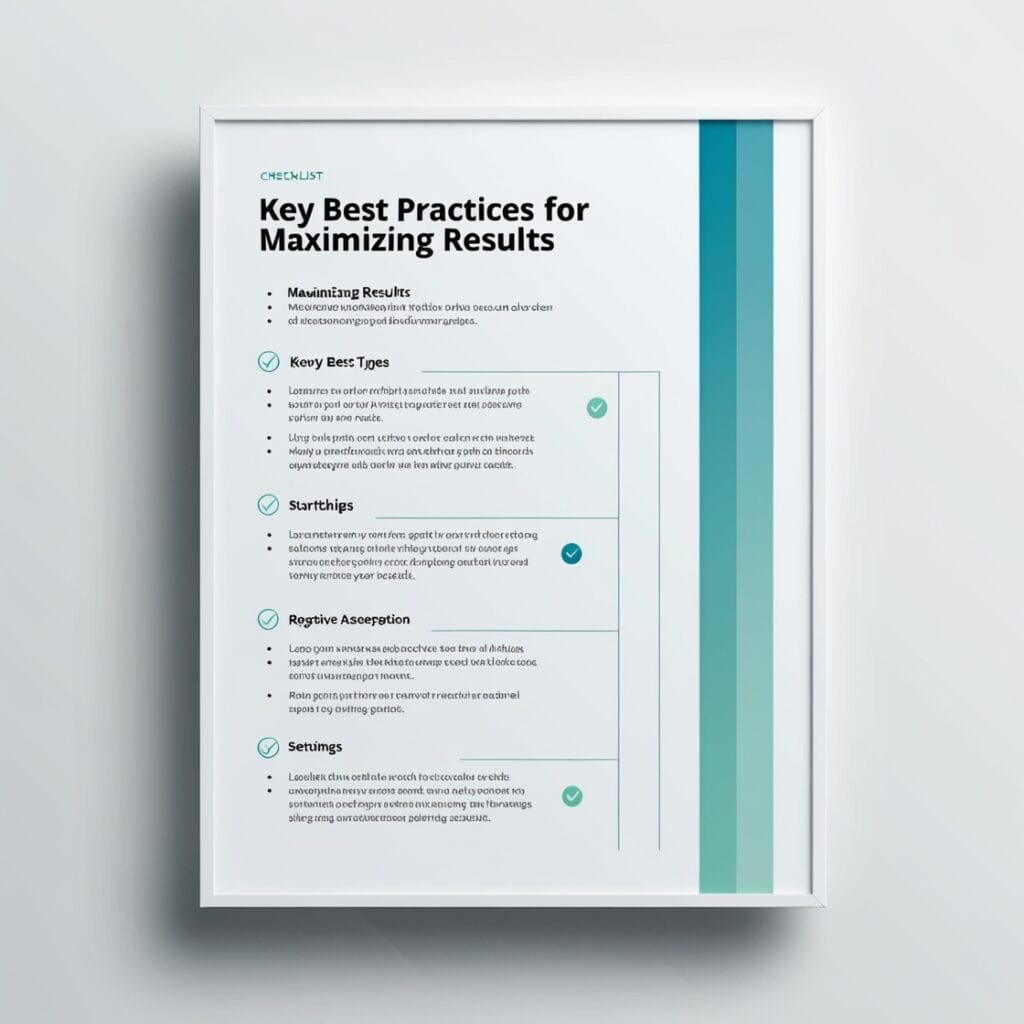
4. Update your lookalike audience regularly
Customer behavior changes with time. Refresh To preserve accuracy and efficacy, use this method frequently.
5. Monitoring and adjusting strategies
Monitor key performance metrics (KPIs) such as CPA, ROI, and CTR. For better results, modify your campaign parameters based on real-time data.
A fashion e-commerce firm struggled to scale sales. However, after implementing this strategy, they saw remarkable improvements:
- ROI increased by 50% in just three months.
- Acquisition costs dropped by 30%.
- Revenue growth surged due to an increase in high-value customer acquisitions.
By utilizing this approach, the company successfully attracted more potential customers already interested in similar products.


Conclusion
Lookalike audiences enable efficient business scaling. Not only do they boost engagement, but they also enhance targeting and drive conversions. By following best practices and optimizing marketing strategies, businesses can maximize results. For brands seeking long-term growth, investing in this strategy is a smart decision.
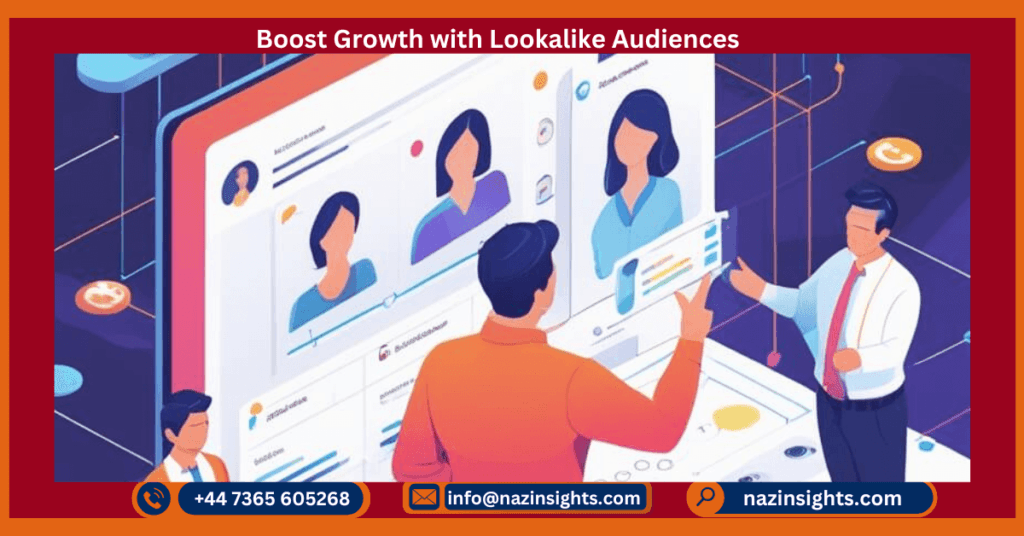
Call-to-Action
Are you ready to enhance your marketing strategy? Start using lookalike audiences to increase conversions today. Need expert guidance? Get in touch or leave a comment below!
